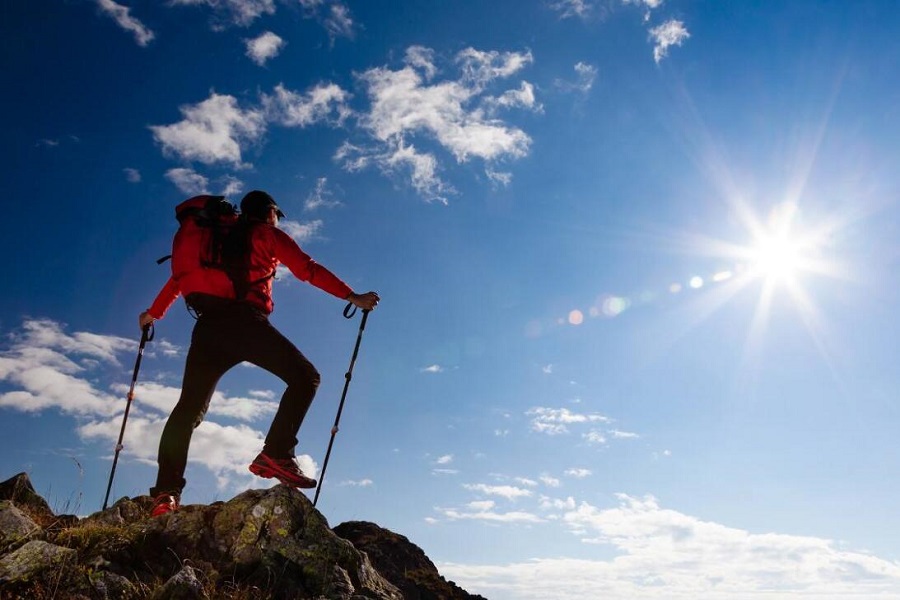72
The benefits of mountain climbing are summarized as follows:
- Strengthen heart and lung function and enhance disease resistance. The reason is simple: The coronary arteries that supply blood to the heart narrow due to accumulation of fat, which can lead to a heart attack. Mountain climbing can make the heart produce more branches of small arteries, promote the increase of capillary function, replace large blood vessels, and reduce the risk of heart disease.
- The air in the mountains is fresh, cleans the hustle and bustle of the city, and feels relaxed and happy.
- Mountaineering can significantly improve the strength of the waist and legs, the speed of travel, endurance, the coordination and balance of the body and other physical qualities.
Please pay attention: Although there are many benefits of mountaineering, there are some things that must be paid attention to. We have summarized five points:
Advertisements
- First, prepare the equipment. A pair of hiking shoes. The grooves on the sole are deeper to avoid slippage; the best high-top is to protect the ankle, and it will not get wet inside when it rains or snows. Bright and washable clothes. The trees are dense in the mountains, it is easy to fall behind, and the bright clothes are easy to find. It is best to prepare a trekking pole. When going down the mountain, the body leans forward, and it is easy to fall down. The insurance factor is much higher when the road is wet and slippery when it rains or snows. If you encounter a beast or something, it can be used as a weapon. I once saw a big snake in the mountains. Although nothing happened, I felt at ease because I had a stick in my hand.
- Be sure to bring more water and put some chocolate for later use. Bring some commonly used medicines: Band-Aid, wind oil essence, quick-acting heart-saving, etc. Don’t drink water and eat during mountain climbing. When climbing mountains, the heart is under heavy burden and blood supply is insufficient. If you eat and drink water at this time, part of the blood will flow into the stomach, and the blood supply to the heart will be less, and people will feel flustered and dizzy due to ischemia.
- Remember “Walk without looking at the scenery, and look at the scenery without walking”. The mountain is very beautiful and the scenery is pleasant. If you want to see the scenery, you have to stop. Because most of the mountain roads are narrow and there are many stones, trees and vines, accidents are prone to occur. If a twisted foot is injured, rescue and walking can be difficult.
- Don’t be in a hurry when climbing, and don’t go fast, especially at the beginning. Slow down, get used to it step by step, and adjust your breathing slowly. Don’t look up, seeing that the top of the mountain is still so far away, it’s easy to get discouraged, and your feet are even more boring. In fact, everyone’s physical strength is similar, but some people have better endurance. Don’t climb too high at first, rest after about 30 minutes.
- Mountaineering activities must be adhered to. For any kind of exercise to be effective, persistence is the most important thing. My experience is to participate in a mountaineering team, a group of like-minded people to work together, to supervise and encourage each other to persevere.


